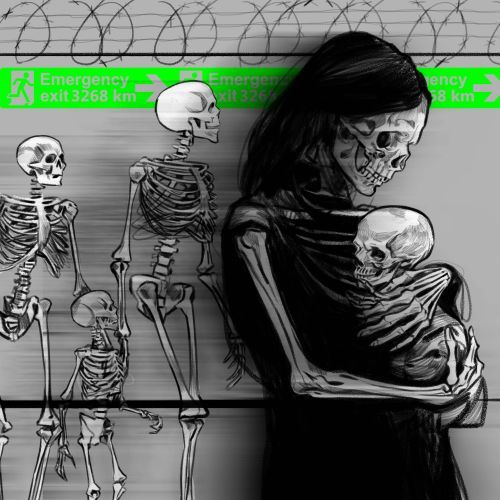Migrants, gender division and the LGBTIQ+ community
The migrant’s gender has the most significant impact on the migration experiences of men, women, boys, girls and people from the LGBTIQ+ community. For example, at all stages of migration, LGBTIQ+ people are at increased risk of human rights violations, violence, exploitation and abuse, particularly from immigration and prison officials, smugglers and human traffickers.
The proportion of women migrating has not changed significantly over the past 60 years, although more migrate independently for work or education. Female migrants may still face more discrimination, are more likely to be ill-treated and may experience double discrimination in the host country, both as migrants and as women, compared to male migrants. In mid-2020, female migrants accounted for just under half – 135 million, or 48.1% – of the world’s international migrants. More women were migrating than men in North America, Europe and Oceania, and the least in Asia (less than 42% of the total).
Regarding the labour force, migrant women constitute approximately 42% of migrant workers (42 million people). 74% of migrating women, including domestic and health care services, work in the service sector. Gender data from early 2014 to the end of 2022 is available for only 1 in 3 people who lost their lives during migration. Women constituted 30.2% of the victims, and these data refer only to identified adult women and do not include minors. In their case, official sources often do not provide gender division.























